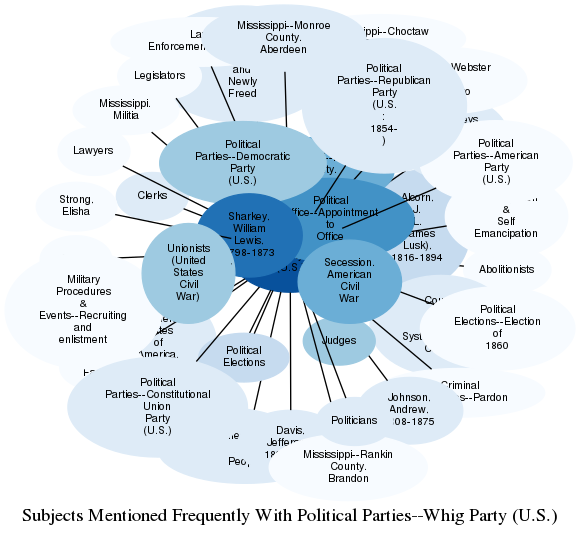Description
The Whig Party was a national political party in the United States from 1833 to 1860. During its roughly twenty-five years of existence, it stood as one of two major political parties (the other being the Democratic Party) that dominated American national politics. Four U.S. presidents were elected as Whig candidates, and several leading American congressmen and statesmen identified as Whigs. The party generally opposed aggressive American expansion westward, and denounced the Mexican War. Whigs supported protective tariffs, federal support for infrastructure, and the national bank.
The Whig Party, like the Democratic Party, had members across the United States. It struggled to remain united during debates over slavery. Northern Whigs tended to be more hostile to slavery than northern Democrats, and the overtly anti-slavery parties, such as the Free Soil Party, in the late 1840s and early 1850s were primarily made up of former Whigs. After the passage of the Kansas-Nebraska Act, which repealed the Missouri Compromise of 1820 and dissolved restrictions against slavery in the territories, thousands of northern Whigs, disgruntled northern Democrats, and Free Soil members formed the Republican Party as a major national political organization. The Whig Party remained cohesive enough to put a candidate on the 1856 presidential ballot, but the results of that election proved that the Republican Party had supplanted the Whigs in political power. The Whig Party fell apart over the next few years, in large part because Republicans adopted many of the Whig Party’s economic policies. Conservative Whigs in the south tried to inhabit a middle ground during the contentious 1860 presidential debate by forming the Constitutional Union Party that opposed secession and avoided taking sides on the slavery debate. This effort meant the end of the Whig Party as a viable party in American politics. (Wikipedia)
See also: https://en.wikipedia.org/wiki/Whig_Party_(United_States)
Related Subjects

The graph displays the other subjects mentioned on the same pages as the subject "Political Parties--Whig Party (U.S.)". If the same subject occurs on a page with "Political Parties--Whig Party (U.S.)" more than once, it appears closer to "Political Parties--Whig Party (U.S.)" on the graph, and is colored in a darker shade. The closer a subject is to the center, the more "related" the subjects are.